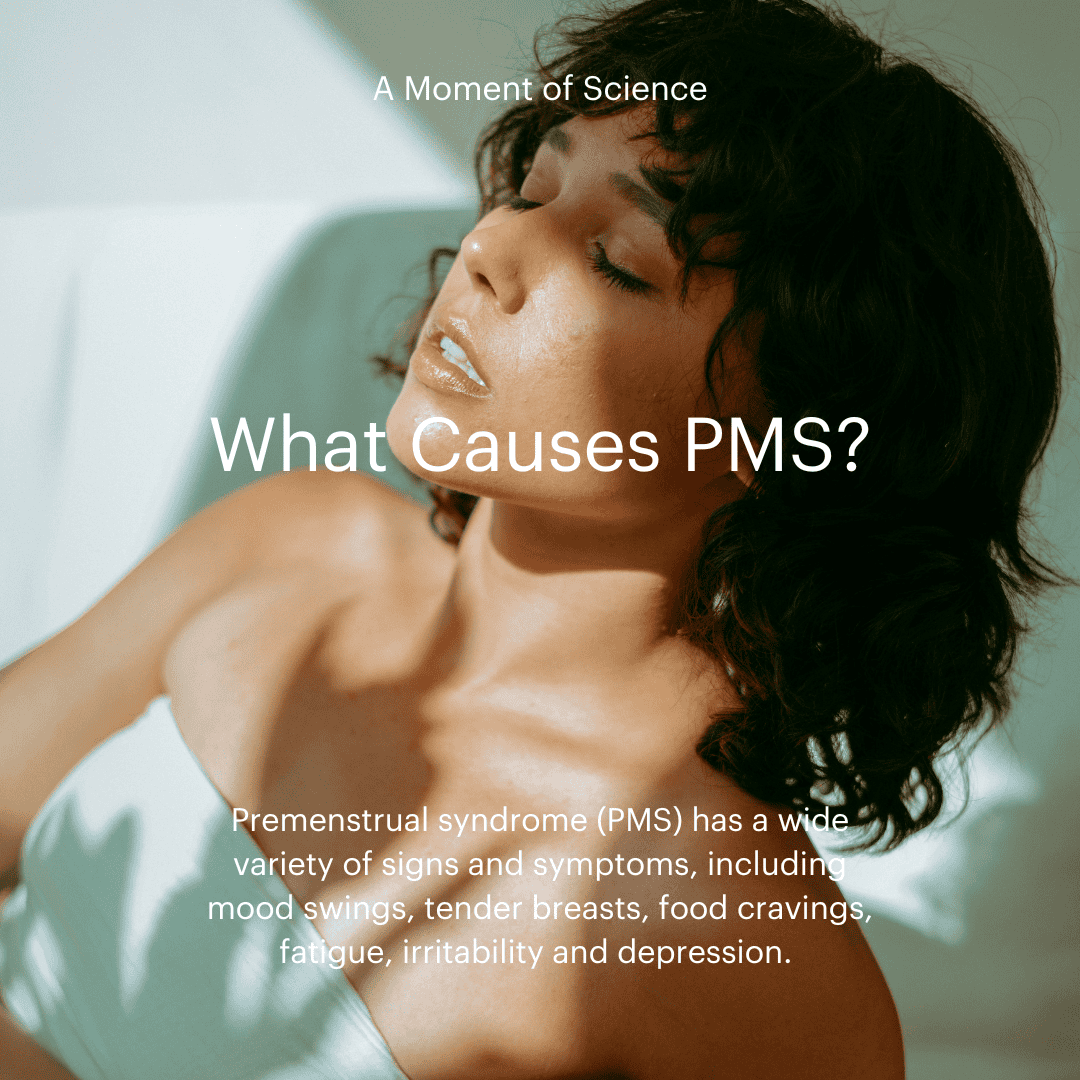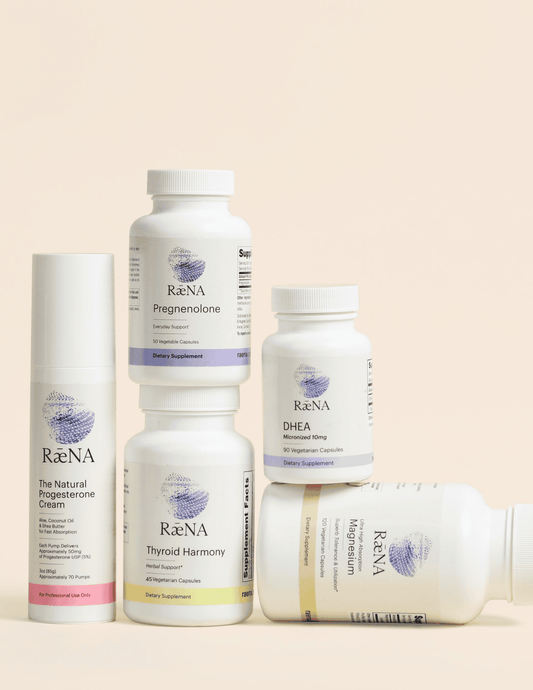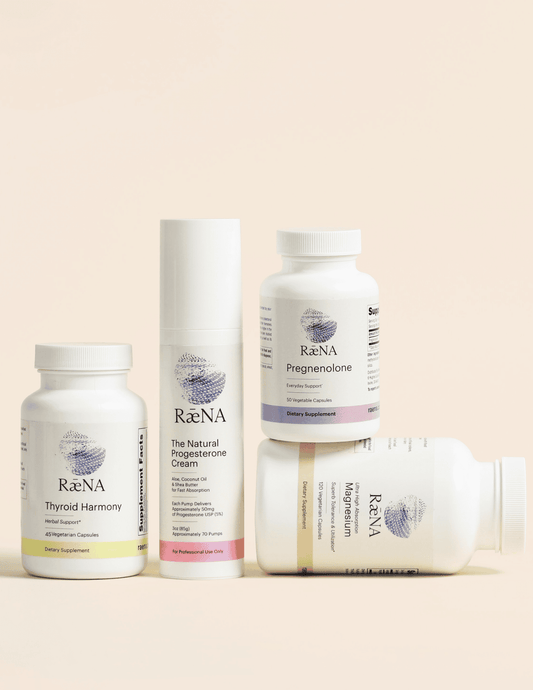
One common cause of PMS and how to solve it
Raena
PMS is often a sign to check the engine light.
Why does PMS happen? Like many health conditions, the causes are multifaceted. Below is one possible cause of PMS.
Estrogen rises to its highest levels at ovulation which occurs between days 12 to 16. PMS in cycling women is most common around ovulation and in the premenstrual week when the estrogen/progesterone ratio is usually the highest.
Estrogen in healthy women should only be dominant for a few hours each month, not sustained dominance. Ideally, progesterone, which surges from the corpus luteum after ovulation, lowers estrogen and its effects by eliminating it from cells. Therefore, when progesterone is at healthy levels after ovulation, PMS usually isn't reported or is minimal. However, if estrogen is high relative to progesterone, side effects if it's not balanced by its opposing hormone.
The role of thyroid:
The thyroid function is also often impacted during the 20s and 30s in women. This is around the same time women tend to experience PMS.
Thyroid and vitamin A are needed for the conversion of cholesterol into pregnenolone; deficiency in any of these substances decreases steroid synthesis. Pregnenolone is the precursor to both progesterone and DHEA. Progesterone is a protective hormone that offsets the effects of high estrogen. Low thyroid function, low cholesterol, or a vitamin deficiency may result in low progesterone.
Vitamin A in liver, pastured eggs, dairy, and natural desiccated thyroid may be beneficial.
Thiamine for PMS:
Over 10 studies have demonstrated great results using thiamine (vitamin B1) for PMS. Comparable, or more effective than medications.
Study on pre-menstrual syndrome using thiamine 100mg x 2/day:
At 2 months, PMS symptoms reduced:
Anxiety 96%
Sleep disorder 80%
Depression 80%
Fatigue 73%
Poor concentration 70%
Tension 55%
Breast tenderness 7%
Progesterone for PMS:
Many adult women help remedy their PMS with natural progesterone (not to be confused with progestin).
The basic method is to use enough to make the symptoms disappear, and to time its use so that menstrual cycles are not disrupted. This normally means using it only between ovulation and menstruation. Patients often dab Moment's progesterone cream onto a thin part of their skin.
In cycling women, progesterone is often not needed forever, and sometimes a few doses can help remedy PMS.
Magnesium for PMS:
Magnesium is one of the best treatments for PMS and PMDD (Premenstrual dysphoric disorder) and some researchers say it's because it “normalizes the action of progesterone on the central nervous system."
Head to www.momenthealth.co to start solving your PMS!

